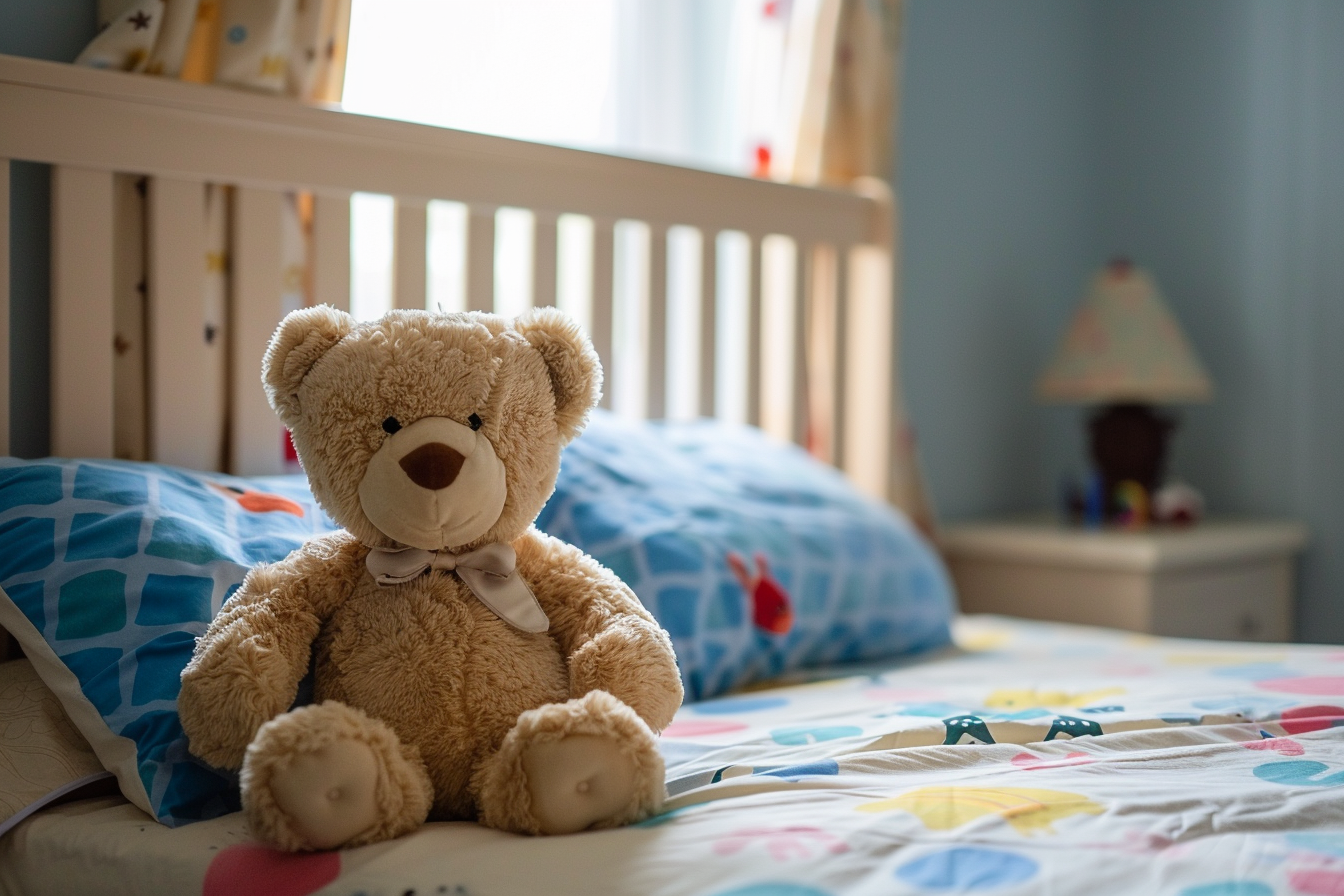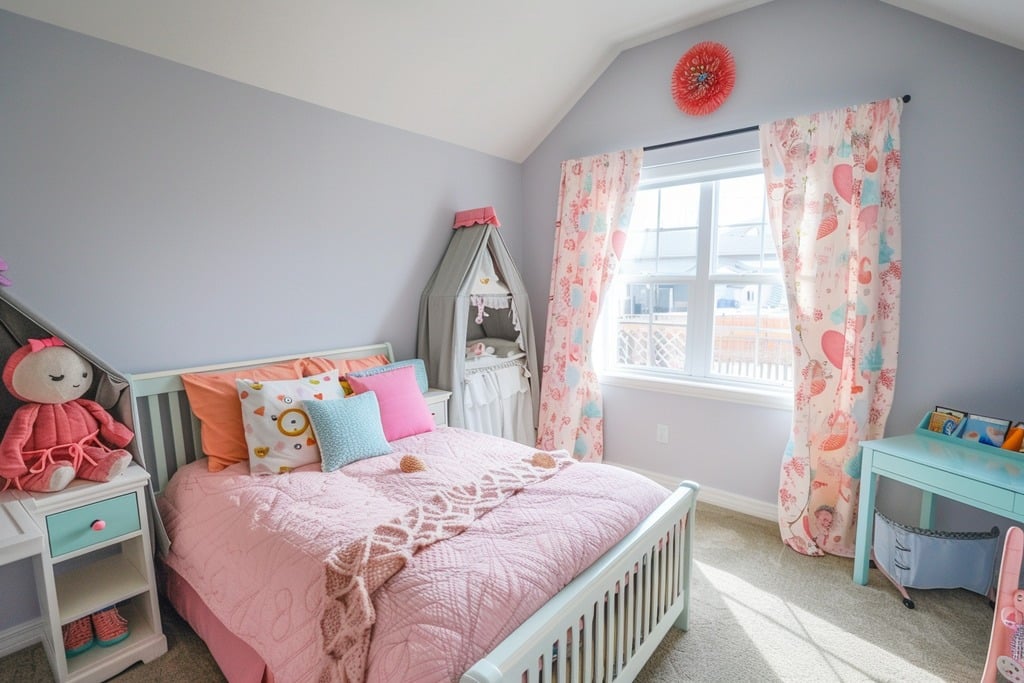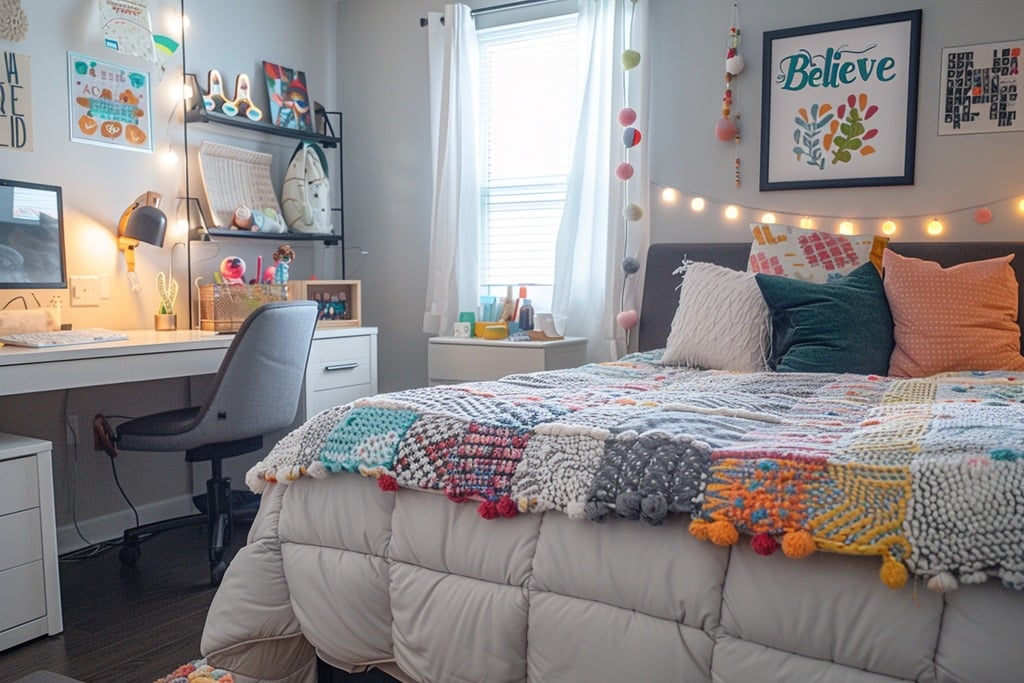Selling your home is a significant life event, filled with mixed emotions and a myriad of tasks to ensure everything goes smoothly. One aspect that often gets overlooked in the hustle and bustle of staging, listings, and showings is the privacy and security of the youngest members of the family. Children’s safety and privacy need special consideration during this time when strangers will be walking through your personal space, often when you’re not there. Here are five crucial steps to protect your child’s privacy while your home is on the market, ensuring peace of mind for you and a secure environment for them.
1. Depersonalize Their Room Before Listing Pictures Are Taken
When preparing your home for sale, staging plays a pivotal role in attracting potential buyers. Part of this process involves depersonalizing spaces to make them more appealing to a wide range of people. For your child’s room, this step is doubly important for privacy reasons. Before photographs of your home are taken for online listings, remove any items that could reveal personal information about your child. This includes photographs, name banners, awards, or any décor that might hint at their hobbies, school, or location. The goal is to create a neutral space that doesn’t give away any details about your child’s identity, protecting them from potential online exposure.
2. Secure Private Information During Showings
Showings are an integral part of the home-selling process but can pose a risk to your family’s privacy. To mitigate this, take time to secure any private information that could inadvertently provide insights into your child’s life. This includes medical records, report cards, schoolwork, and even clothing or equipment labeled with their school or sports teams. Items from extracurricular activities, such as uniforms or trophies, should also be stored out of sight. By removing these personal elements, you not only safeguard your child’s privacy but also help potential buyers envision the space as their own.
3. Lock Up All Devices
In today’s digital age, much of our personal life is stored on electronic devices. Tablets, smartphones, and computers can contain a wealth of information about your family, including your child’s. Before showings, ensure that all devices are either removed from the home or securely stored and password-protected. This simple step can prevent unauthorized access to sensitive information, photos, or contacts that could compromise your child’s privacy.
4. Limit Showings During Peak Homework Hours
The home-selling process should interfere as minimally as possible with your child’s routine, especially their education. If possible, try to schedule showings outside of peak homework hours or make alternative arrangements for a quiet study space. This consideration not only protects their privacy by reducing the number of strangers in the home during these hours but also prevents oversight of other security risks when your home is often at its busiest.
5. Market Your Home as ‘Coming Soon’
A strategic approach to scheduling showings can further enhance your child’s privacy. By initially marketing your home as “Coming Soon,” you can generate interest and potentially cluster showings into larger blocks of time. This method is less disruptive and allows you to plan extended outings or activities away from the home, reducing the frequency of short, scattered showings. It’s easier to safeguard personal items and ensure privacy when you have a predictable schedule for when buyers will be visiting.
Expanding on These Ideas
Beyond these five recommendations, consider additional steps to maintain a privacy-focused environment. For instance, have a conversation with your real estate agent about emphasizing privacy and security during the home-selling process. They can advise visitors to refrain from taking photographs or videos during showings, adding an extra layer of protection for your family’s personal spaces.
Another idea is to create a “privacy checklist” for showings, reminding you of the specific items to secure or hide before leaving the house. This could include a quick sweep of bathrooms and common areas for stray personal items, ensuring all mail and documents are locked away, and double-checking that all devices are either taken with you or securely stored.
Lastly, engage your children in the process, educating them on the importance of privacy and what they can do to maintain theirs. This could be a valuable learning experience, teaching them about personal safety and security in both the physical and digital worlds.
Conclusion
Selling your home need not come at the expense of your child’s privacy. With careful planning and thoughtful actions, you can protect their personal space and information, even in the midst of this significant change. These strategies not only contribute to a safer selling process but also instill in your family a heightened awareness of privacy that will serve them well beyond the sale of your home.





